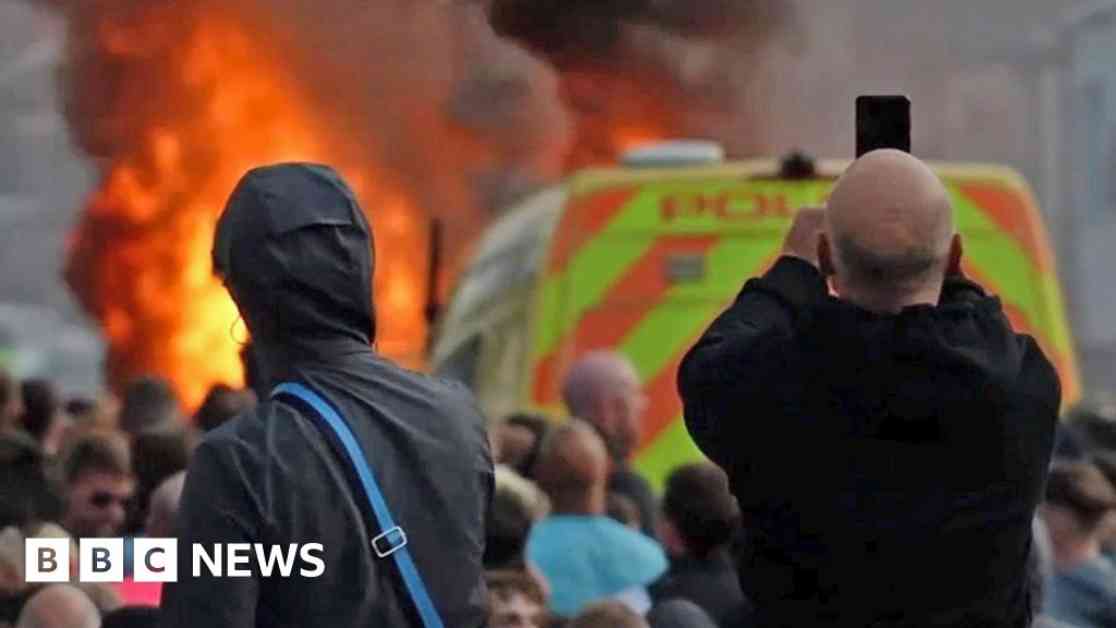The Southport Tragedy: Unveiling the Unseen Story
The Southport knife attack sent shockwaves throughout the nation, with the brutal killings of three young girls at a summer holiday dance and yoga class leaving the country in a state of national trauma. Seven-year-old Elsie Dot Stancombe, six-year-old Bebe King, and nine-year-old Alice Aguiar tragically lost their lives, while eight other children sustained severe injuries.
In the aftermath of the attack, a cloud of anger and disbelief loomed over the public, as pressing questions arose regarding the identity, background, and potential motives of the assailant. Many were left wondering why authorities seemed to be withholding vital information, fueling suspicions and exacerbating the chaos that followed in the wake of the tragic incident.
Unraveling the Lack of Transparency
As the community of Southport grappled with the aftermath of the attack, a sense of unease lingered, with many residents feeling that crucial details were being concealed by the authorities. The term “cover-up” echoed throughout the town, as residents sought answers and transparency in the face of such a devastating event.
The police’s handling of the situation came under intense scrutiny, with questions arising about the quality and quantity of information released in the immediate aftermath of the attack. Jonathan Hall KC, the UK’s independent reviewer of terrorism legislation, criticized the authorities for their inadequate communication, which he believed led to the spread of misinformation and confusion among the public.
Chief Constable Serena Kennedy of Merseyside Police faced backlash for the limited information provided at the onset of the investigation. While the attacker was identified as a 17-year-old male, details about his family background and potential motives were scarce. The decision not to disclose certain information raised concerns about transparency and fueled speculation among the public.
The Road to Justice
Despite the challenges and controversies surrounding the case, justice eventually prevailed with the suspect, Axel Rudakubana, pleading guilty to three charges of murder and 10 charges of attempted murder. Sentenced to a minimum of 52 years, Rudakubana’s conviction brought a sense of closure to the grieving families and the community at large.
However, the aftermath of the attack raised critical questions about the effectiveness of existing systems and protocols. The government’s announcement of a public inquiry shed light on the missed opportunities by multiple agencies to prevent the tragedy, prompting a reevaluation of the counter-extremism program Prevent and law enforcement practices.
Assistant Commissioner Matt Jukes acknowledged the shortcomings in the system, emphasizing the need for more transparency and accountability in the way authorities handle such cases. The public inquiry aimed to dissect the failures that allowed Rudakubana to carry out the attack, holding agencies accountable for their roles in the tragedy.
As the Southport community continues to heal and rebuild in the wake of the devastating attack, the quest for truth and justice remains paramount. The lessons learned from this tragedy serve as a poignant reminder of the importance of communication, transparency, and collaboration in preventing future incidents of violence and ensuring the safety and well-being of all citizens.













